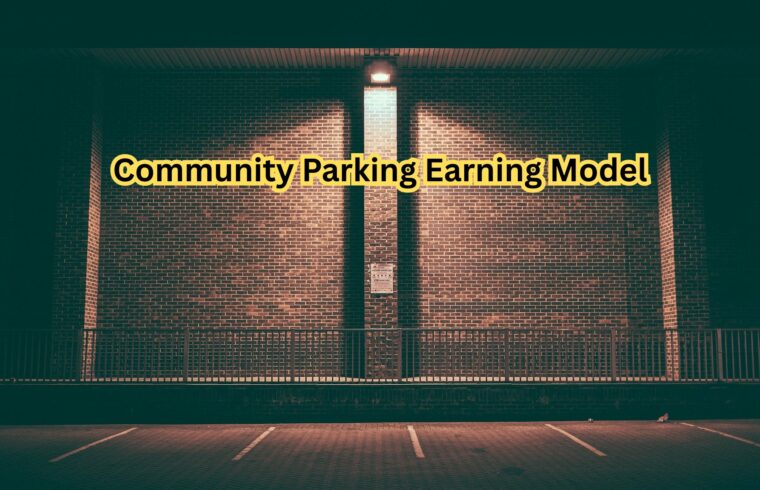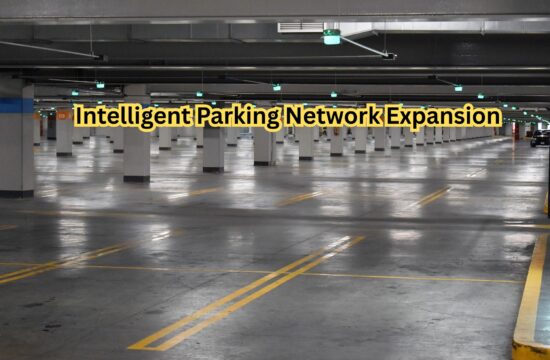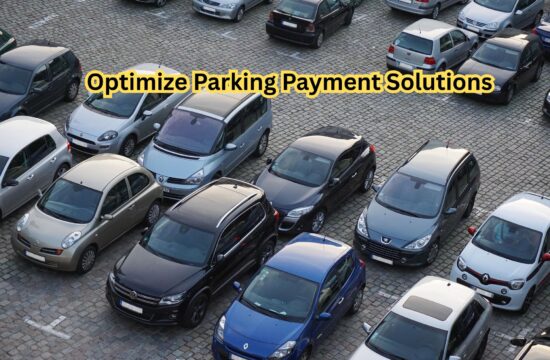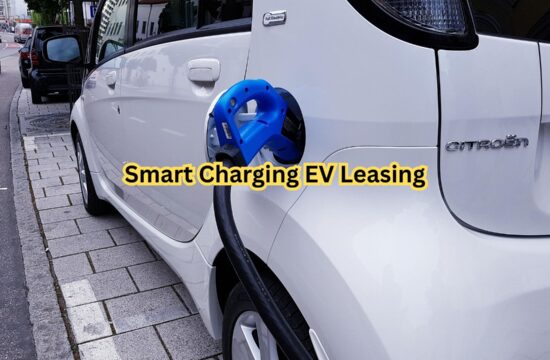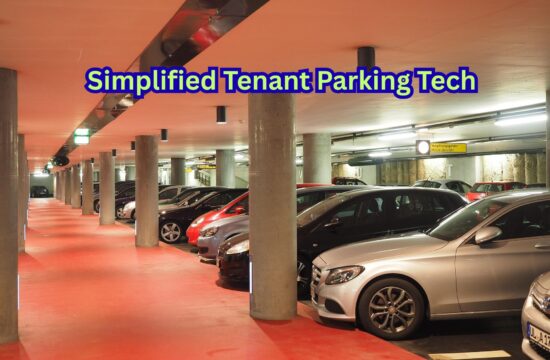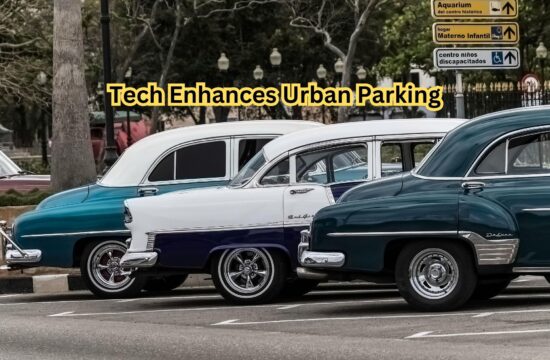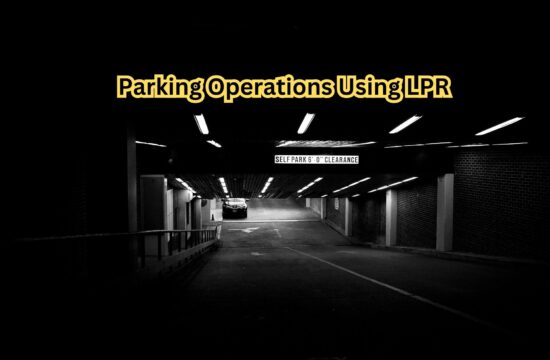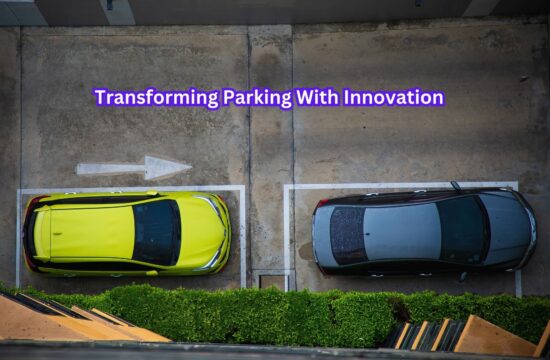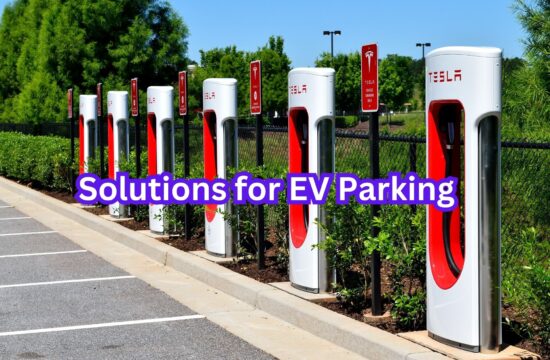Due to space constraints and growing demand, parking has always been a problem in urban and semi-urban regions. In addition to organizing existing parking spaces, the Community Parking Earning Model provides an effective solution for optimizing land usage. By adopting a Community Parking Earning Model, local companies, residents, and property owners can not only resolve parking issues but also unlock a new source of income. This Community Parking Earning Model ensures better space management while creating financial opportunities for the entire community.
What is a Community Parking Earning Model?
Individuals, housing societies, or owners of commercial real estate might share their underutilized or unused parking spaces with others in exchange for a charge under the communal parking earning model. Parking spaces are not left empty; instead, they are rented to commuters, neighbors, and even tourists, bringing in steady revenue.
Benefits for Property Owners
This strategy turns unused parking spaces into a consistent source of income for property owners. Income is essentially passive, and very little investment is needed. Depending on geography and demand, owners can establish their own terms, such as hourly, daily, or monthly fees.
Benefits for Residents and Commuters
This method makes it simple for locals who have trouble finding safe and reasonably priced parking to reserve a spot. It is frequently less expensive than conventional parking lots and saves time and the anxiety that comes with looking for a spot. Commuters also gain from having a dependable and close-by choice for their cars.
Technology Integration in the Model
This model’s efficiency is mostly due to modern technology. Websites and mobile apps link space seekers and providers. User convenience and confidence are increased by features including real-time booking, GPS navigation, digital payments, and slot availability.
Role of Local Communities
This concept supports local communities on a social and economic level. It promotes better use of common resources, fosters cooperation among neighbors, and lessens traffic congestion brought on by haphazard parking. Meanwhile, the money made stays in the community, supporting local growth.
Challenges in Implementation
Despite its advantages, this paradigm has drawbacks, including as regulatory issues, owner-user trust issues, and vehicle security issues. Its effectiveness depends on community agreements, clear policies, and validated platforms.
Conclusion
The community parking earning model is a creative solution that strikes a balance between sustainability, income, and convenience. It is more than just a method to park automobiles. Communities may turn underutilized areas into useful assets and turn parking into a source of income and comfort by adopting this concept.

